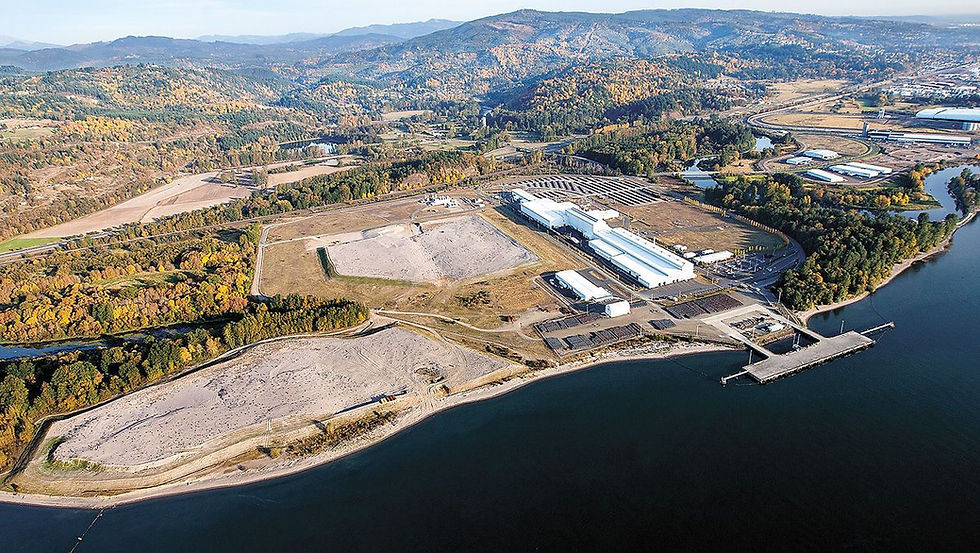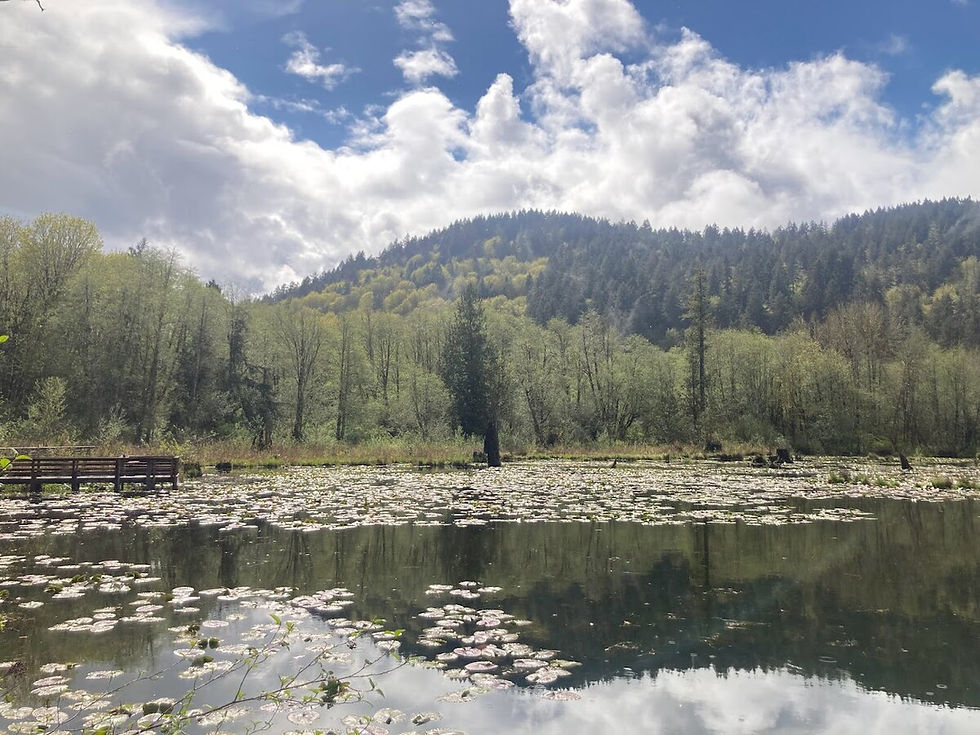GHG Impacts of Proposed Kalama Methanol Facility
- Greene Team

- Jun 15, 2021
- 3 min read

Greene Economics’ SEIS analysis modeled lifecycle GHG emissions and global market dynamics—clarifying climate tradeoffs tied to the proposed Kalama methanol facility.
NW Innovation Works, a Chinese government-backed company, proposed building the Kalama Manufacturing and Marine Export Facility (KMMEF)—a methanol production facility on the Columbia River in Southwest Washington. The facility would convert natural gas into methanol for export to Asia, primarily for plastics (olefins) and chemical production.
While the project promised local economic benefits and aimed to meet rising demand, it raised significant concerns about greenhouse gas (GHG) emissions and its alignment with Washington State’s climate goals.
Assessing the GHG Impacts of the Kalama Methanol Facility Supply Chain
To address these concerns, the Washington State Department of Ecology (Ecology) required a second Supplemental Environmental Impact Statement (SEIS). The SEIS assessed lifecycle GHG emissions across the entire supply chain—from natural gas extraction and methanol production to shipping and end use in global markets—and evaluated possible mitigation strategies.
Greene Economics, in partnership with TRC Environmental, was tasked with conducting the methanol market analysis that informed the SEIS lifecycle GHG modeling.
Our Approach: Market-Focused Lifecycle Emissions Modeling
Greene Economics developed an interactive modeling tool to estimate global GHG emissions with and without the Kalama project, providing stakeholders a clearer view of the potential climate tradeoffs.
Our analysis incorporated key uncertainties, including future energy prices, global methanol demand, and evolving production trends, to explore how shifting markets could influence emissions outcomes.
Specifically, our team:
Reviewed and critiqued previous SEIS market modeling
Analyzed global and Chinese methanol market trends and production methods
Evaluated how methanol from Kalama might displace more carbon-intensive alternatives under different scenarios
Compared lifecycle emissions from coal-based methanol in China, natural gas-based production, and olefin production from naphtha
The model captured GHG emissions across the full lifecycle, including:
Natural gas extraction and processing
Methanol production
Plant construction
International shipping
End use in plastics or fuel
Key Findings: Tradeoffs Between Global and Local Emissions
Our market analysis found that methanol produced in Kalama could displace more carbon-intensive sources, such as coal-based methanol in China, potentially reducing some global emissions. However, the facility itself was projected to emit nearly one million metric tons of CO₂ annually, making it one of the largest single sources of emissions in Washington State.
Additionally, upstream and downstream emissions—from extracting, processing, and transporting natural gas to Kalama, shipping methanol to Asia, and final use—would add millions more metric tons of CO₂, significantly increasing the project’s overall climate impact.
“With a lot of these models, there's a trade-off between the 'green' and the 'gray' alternatives. In this case, we were asking: What does it mean for global emissions—or the increase in Washington state emissions? What is the worst alternative? What’s the best alternative?” — Jeri Sawyer, Principal Economist, Greene Economics
Outcome: Permit Denied and Project Halted
Ultimately, the Kalama methanol project did not proceed.
The Washington Department of Ecology denied the shoreline permit, citing the project’s significant GHG emissions and inconsistencies with Washington’s environmental laws. Ecology determined that approving the facility would significantly increase emissions in the state and undermine Washington’s ability to meet statutory climate goals.
Related Resources
Washington Ecology completes GHG study of methanol plant – OPB (Dec 2020)
Ecology denies permit for Kalama methanol facility – Dept of Ecology (Jan 2021)
Behind the decision: Denial of Kalama permit explained – Dept of Ecology (Jan 2021)
Kalama methanol plant on lower Columbia River called off – OPB (Jun 2021)
.png)


